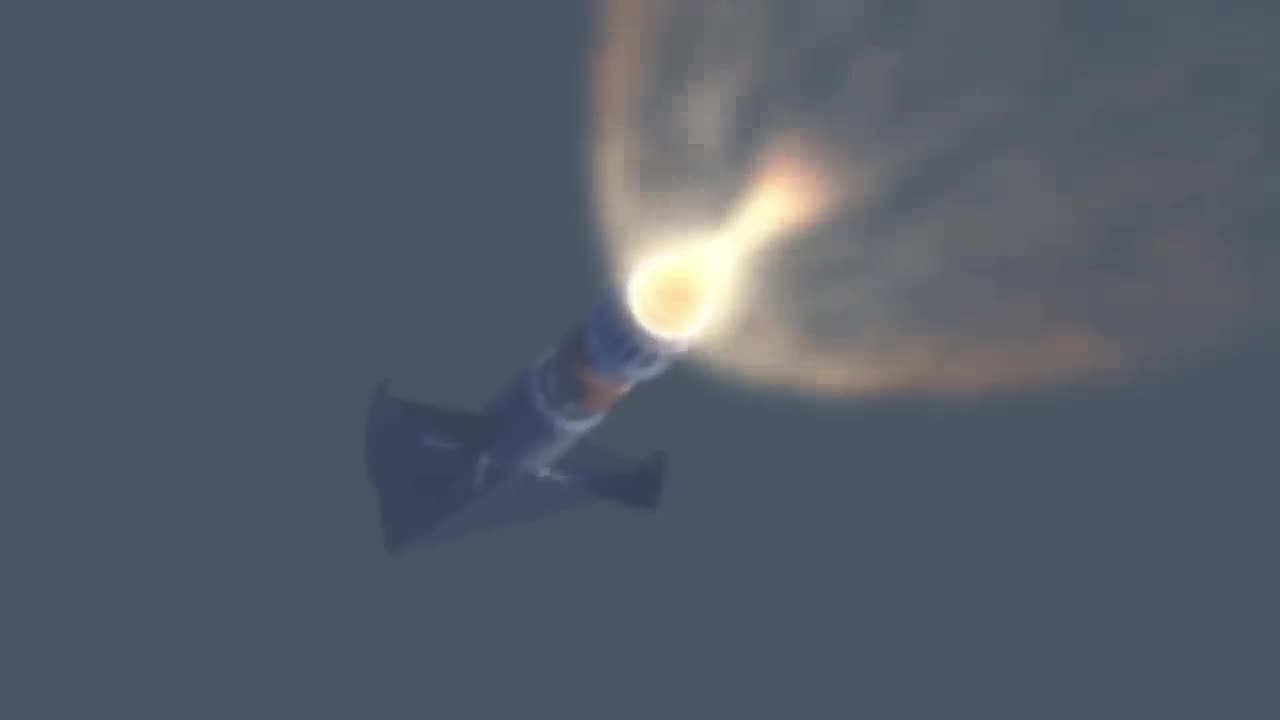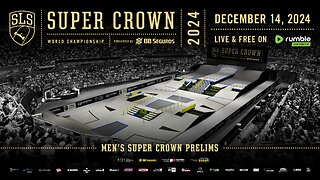Premium Only Content

Crewed Mars Mission on Philip Bono's Mars Glider
In the year 1960, Philip Bono, a highly specialized Space Vehicle Design Specialist affiliated with the Boeing Airplane Company, formulated a conceptualization of a pioneering manned spacecraft intended for Mars. The outward visage of this spacecraft was fashioned in a manner which exhibited similarities to the X-20A Dyna-Soar single-seat orbital glider concurrently under development at his organization on behalf of the United States Air Force. However, Bono's cerebral rendition of the Mars glider embodied noteworthy dimensional dissimilarities when compared to the Dyna-Soar -- namely, it was of an enormity that was capable of accommodating an eight-man "expeditionary force," and nearly 40 tons of supplies and equipment. The prodigious Mars glider boasted a flat-bellied physique that spanned a monumental 125 feet in length, and an impressive 95 feet across its delta wings.
The Mars glider, once fully assembled and loaded with liquid hydrogen and liquid oxygen propellants, stood at a towering height of 248 feet, weighing in at an impressive 4150 tons. This colossal spacecraft was encompassed by six elongated outboard booster rockets, designed to enshroud and conceal the short booster, living module/rocket stage, and the majority of the aft portion of the glider.
Bono's original vision of the Mars glider was equipped with scientific instruments that would enable it to scrutinize the Red Planet's surface and atmosphere. This glider would harness the power of its wings to generate lift, and it would have been controlled remotely from the mother ship. The spacecraft would have been launched from a mother ship which was stationed in orbit around Mars.
Even though the Mars Glider concept never came to complete fruition nor was it ever launched, it nevertheless played a consequential role in the technological advancements of other Mars exploration technologies. Additionally, this epoch-making conceptualization inspired a plethora of forthcoming space exploration concepts.
-
 2:42:35
2:42:35
Jewels Jones Live ®
1 day agoLAWFUL DRONES | A Political Rendezvous - Ep. 102
183K46 -
 4:22:48
4:22:48
Pepkilla
18 hours agoWarzone Ranked Road to 250 ~ HaLLLLPPPPP
128K5 -
 2:14:38
2:14:38
SLS - Street League Skateboarding
9 days ago2024 SLS Super Crown São Paulo: Men's Prelims
250K41 -
 1:11:07
1:11:07
PMG
1 day ago $17.86 earned"Alarming Parallels of Modern America and the Roman Empire | Jeremy Ryan Slate"
100K53 -
 46:39
46:39
Stephen Gardner
20 hours ago🔥FINALLY! Trump BLACKMAIL scheme EXPOSED | 'Ukraine will be DESTROYED' worries US Pentagon!
148K247 -
![Devin Nunes - Truth Social Gets An Upgrade, We Will Celebrate The Destruction Of The [DS] With Wine](https://1a-1791.com/video/s8/1/0/G/j/J/0GjJv.0kob-small-Devin-Nunes-Truth-Social-Ge.jpg) 50:15
50:15
X22 Report
22 hours agoDevin Nunes - Truth Social Gets An Upgrade, We Will Celebrate The Destruction Of The [DS] With Wine
290K317 -
 1:40:54
1:40:54
Michael Franzese
1 day agoBiden's not done destroying America & what happened in New Jersey?
120K148 -
 1:20:47
1:20:47
SLS - Street League Skateboarding
9 days ago2024 SLS Super Crown São Paulo: Women's Prelims
173K9 -
 15:14
15:14
DeVory Darkins
1 day ago $32.81 earnedDemocrats PANIC After Fetterman Meets with Pete Hegseth
126K163 -
 1:49:05
1:49:05
Tactical Advisor
21 hours agoQuitting my Job & Giveaway Winner! | Vault Room Live Stream 010
90.4K20